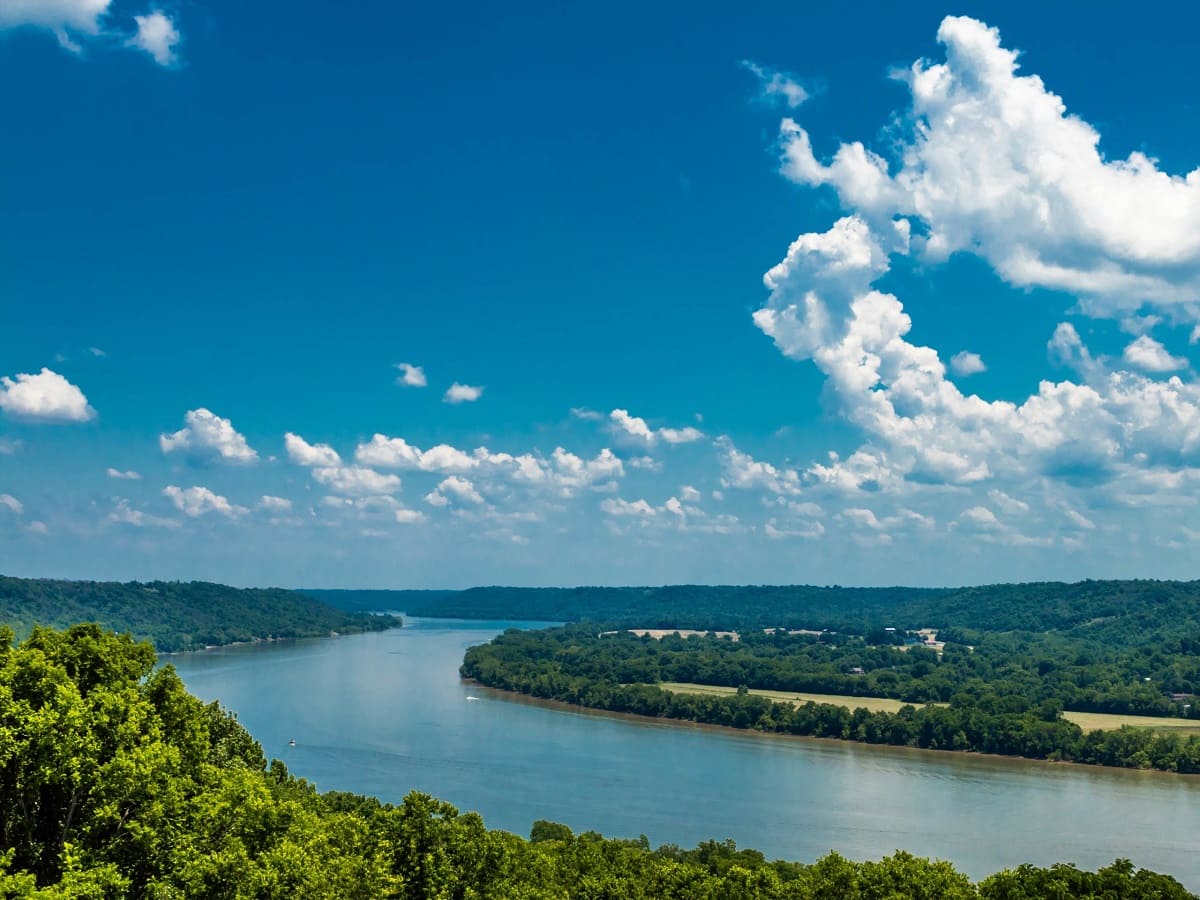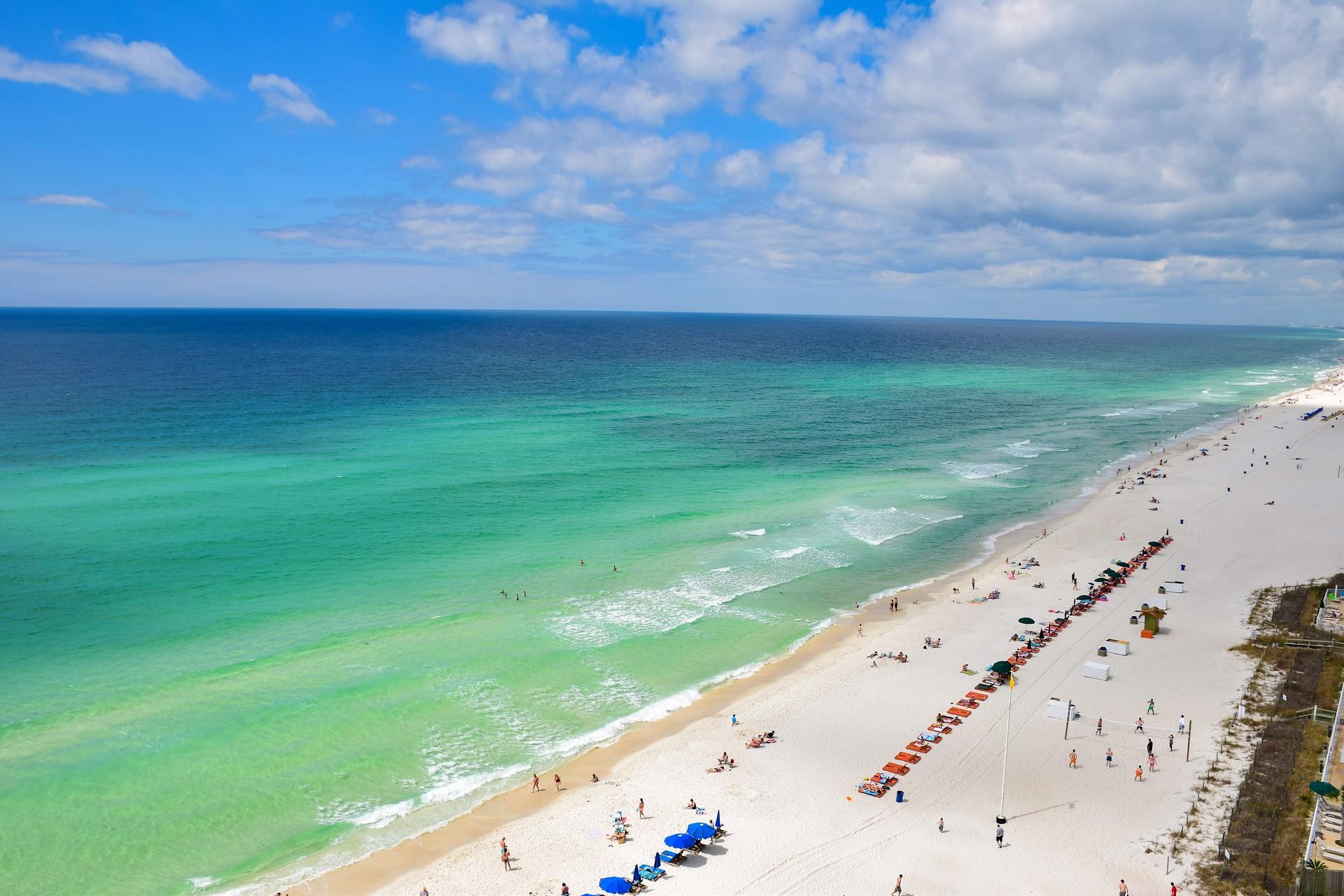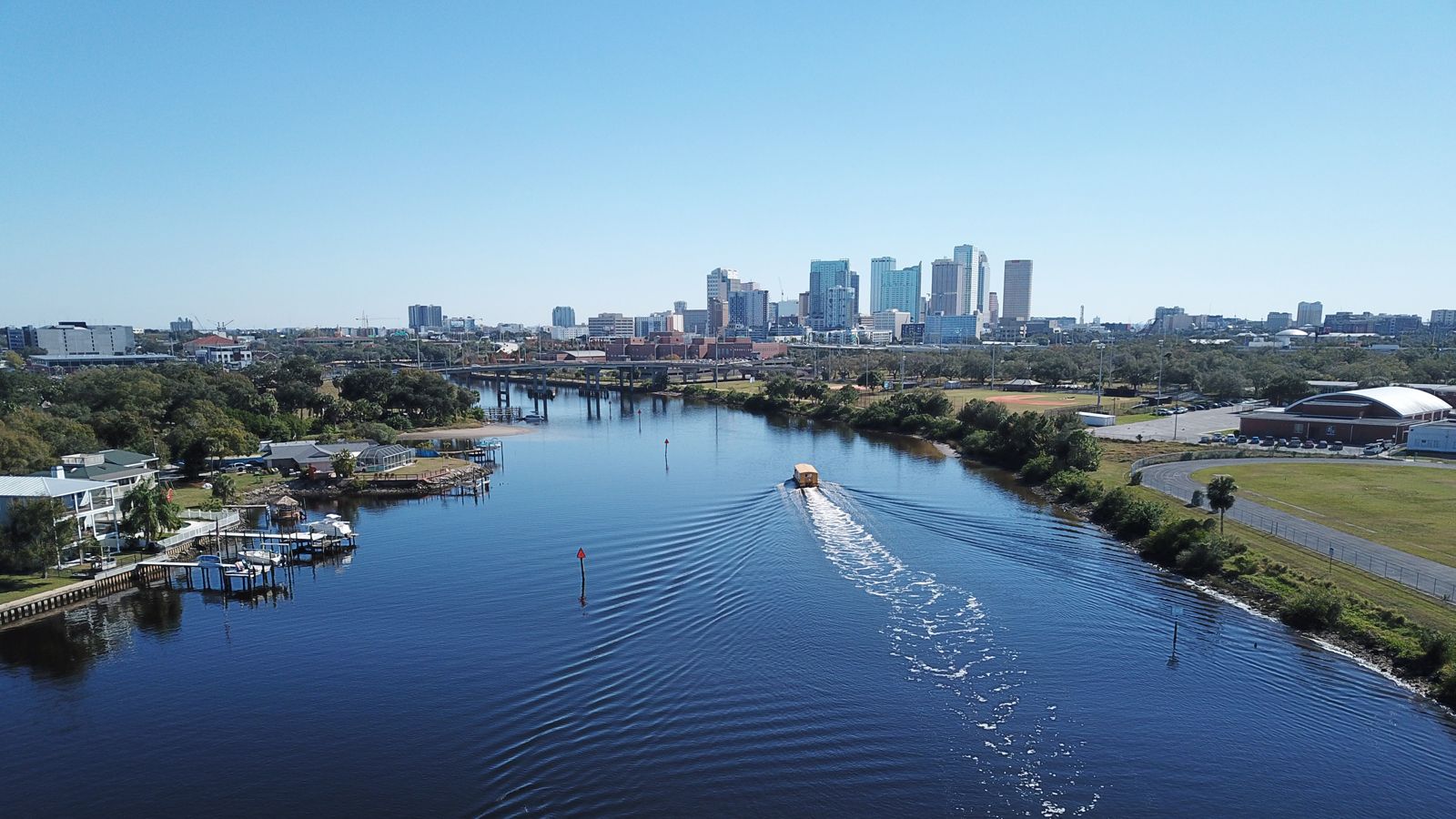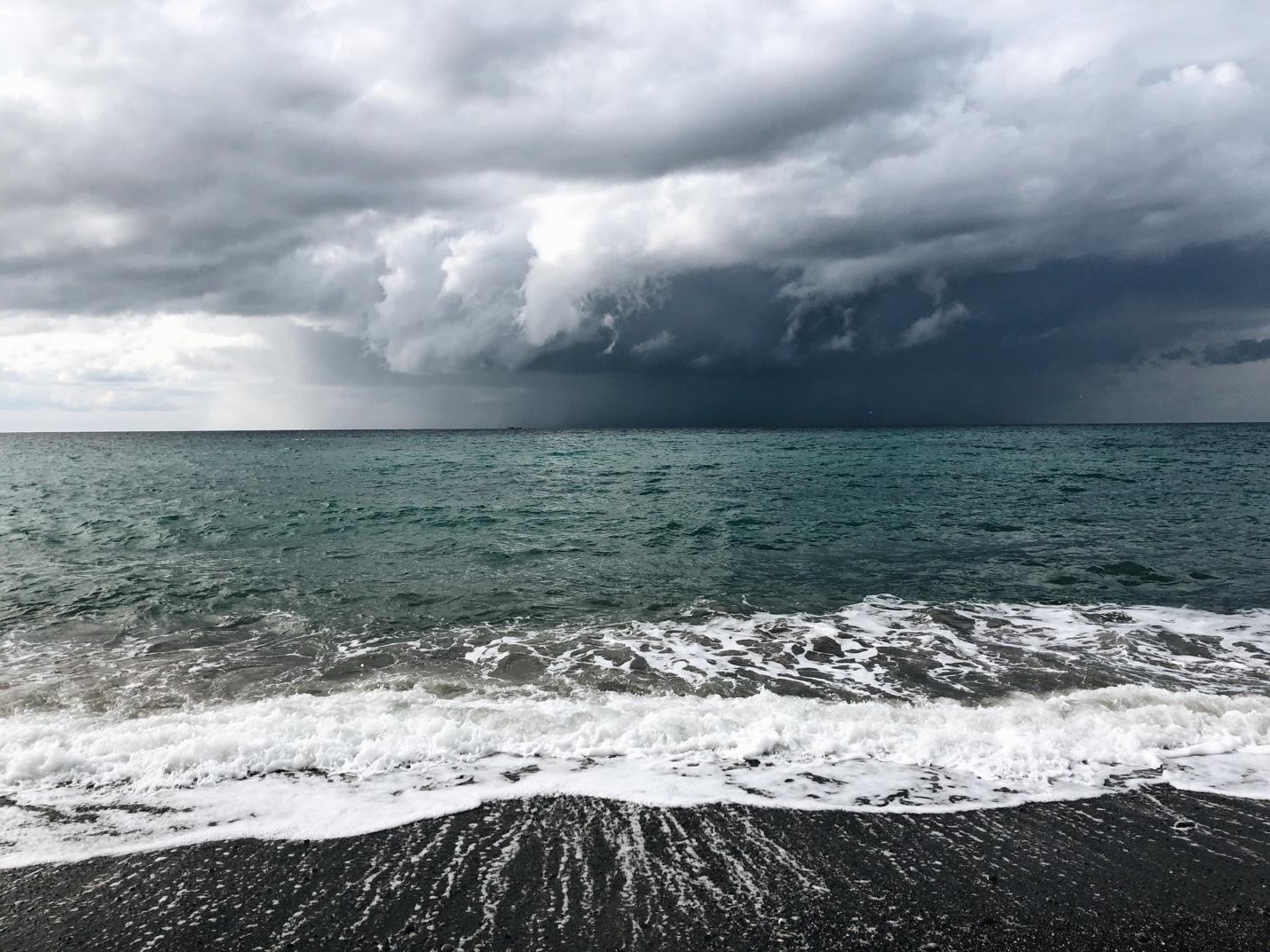Home>Weather and Climate>James River Water Temperature: A Guide To The Current Water Temperature Of The James River
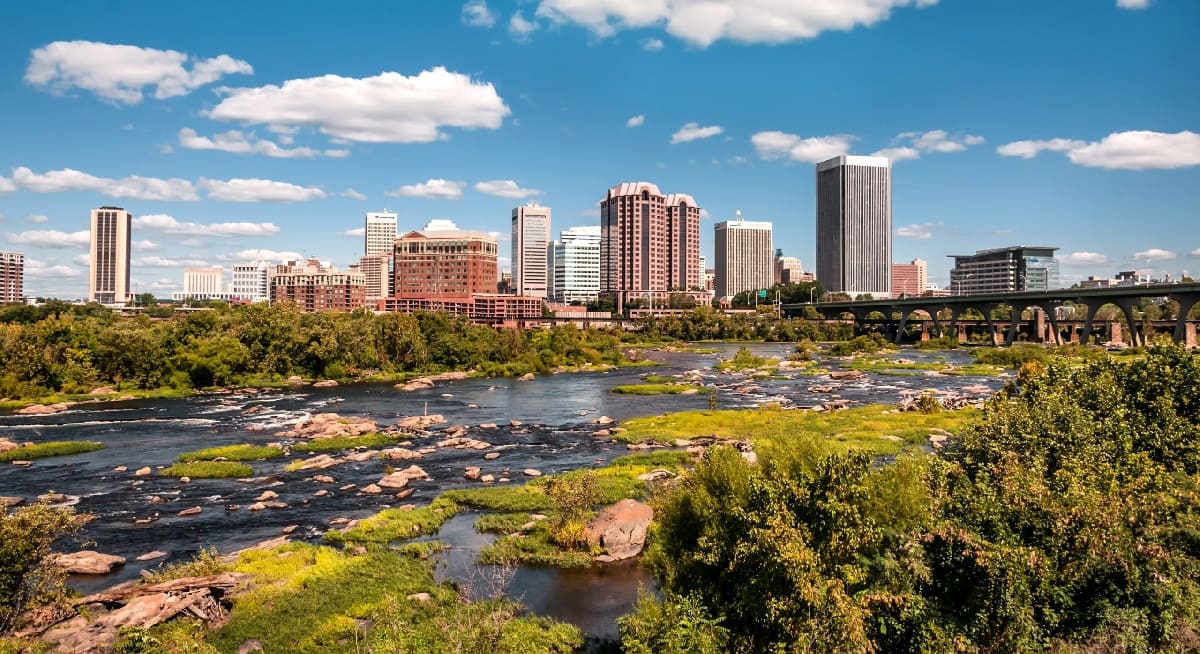

Weather and Climate
James River Water Temperature: A Guide To The Current Water Temperature Of The James River
Modified: April 28, 2024
Discover the current water temperature of the James River and stay informed about the weather and climate conditions in the area. Plan your activities accordingly with this comprehensive guide.
(Many of the links in this article redirect to a specific reviewed product. Your purchase of these products through affiliate links helps to generate commission for Temperatures.com, at no extra cost. Learn more)
Table of Contents
- Understanding the Importance of Monitoring Water Temperature
- Factors Affecting the Water Temperature of the James River
- Methods of Measuring the Current Water Temperature
- Impacts of Water Temperature on Aquatic Life
- Human Activities and Their Influence on the James River Water Temperature
- Tips for Enjoying the James River Based on Current Water Temperature
Understanding the Importance of Monitoring Water Temperature
Monitoring the water temperature of the James River is crucial for various reasons, as it directly impacts the river's ecosystem and the activities it supports. Understanding the temperature variations in the river provides valuable insights into its overall health and sustainability.
First and foremost, water temperature plays a pivotal role in the survival and reproduction of aquatic organisms. Different species of fish, insects, and other aquatic life have specific temperature requirements for their growth and development. By monitoring the water temperature, researchers and environmentalists can assess the suitability of the habitat for various species and identify potential areas of concern.
Furthermore, changes in water temperature can affect the dissolved oxygen levels in the river. Warmer water holds less oxygen, which can lead to hypoxic conditions, endangering the survival of fish and other aquatic organisms. By closely monitoring the temperature, conservationists can anticipate and mitigate potential oxygen depletion issues, safeguarding the river's delicate ecosystem.
In addition, understanding the water temperature variations is essential for managing recreational activities along the James River. Many people engage in water-based activities such as swimming, boating, and fishing. Monitoring the temperature helps in providing accurate and timely information to the public, ensuring their safety and enjoyment while partaking in these activities.
Moreover, water temperature data is vital for assessing the impact of climate change on the river. Rising global temperatures can lead to shifts in the river's thermal regime, affecting the distribution and behavior of aquatic species. By continuously monitoring the water temperature, scientists can track long-term trends and assess the potential implications of climate change on the river's ecosystem.
In essence, monitoring the water temperature of the James River is not only essential for understanding its ecological dynamics but also for ensuring the well-being of the diverse aquatic life it supports. By staying attuned to the temperature variations, we can take proactive measures to preserve the river's biodiversity and maintain its role as a vital natural resource for both wildlife and human communities.
Factors Affecting the Water Temperature of the James River
The water temperature of the James River is influenced by a myriad of factors, each playing a significant role in shaping its thermal profile. Understanding these factors is crucial for comprehending the dynamic nature of the river's temperature and its impact on the surrounding ecosystem.
-
Seasonal Variations: The changing seasons exert a profound influence on the water temperature of the James River. During the summer months, the river tends to experience higher temperatures due to increased solar radiation and air temperatures. Conversely, in winter, the water temperature decreases as a result of reduced solar input and colder atmospheric conditions. These seasonal fluctuations play a pivotal role in shaping the thermal regime of the river throughout the year.
-
Flow Rate and Depth: The flow rate and depth of the river are instrumental in determining its temperature. Shallow areas tend to warm up more quickly than deeper sections, as they are more susceptible to solar heating. Additionally, the flow rate affects the mixing of water, which can impact the distribution of temperature throughout the river. Faster-flowing sections may exhibit lower temperatures due to increased mixing and aeration, while slower-moving areas may experience higher temperatures.
-
Land Use and Urbanization: Human activities and land use practices in the surrounding areas can significantly influence the water temperature of the James River. Urbanization, deforestation, and agricultural practices can lead to increased runoff and sedimentation, affecting the river's thermal characteristics. Urban areas with extensive impervious surfaces can contribute to higher water temperatures due to the urban heat island effect, where built-up areas retain heat and transfer it to the surrounding environment, including the river.
-
Climate Change: The overarching impact of climate change cannot be overlooked when considering the factors affecting the water temperature of the James River. Rising global temperatures can lead to long-term shifts in the river's thermal regime, altering its temperature patterns and influencing the behavior of aquatic species. Climate change can exacerbate the frequency and intensity of extreme weather events, further impacting the river's temperature dynamics.
-
Inflow from Tributaries: The temperature of inflowing water from tributaries can influence the overall thermal profile of the James River. Depending on the source and characteristics of the tributaries, the inflowing water can introduce variations in temperature, affecting the thermal stratification and overall temperature distribution within the river.
By recognizing and comprehending these factors, we gain a deeper insight into the complex interplay of elements shaping the water temperature of the James River. This understanding is essential for devising effective strategies to manage and conserve the river's thermal environment, ensuring the sustainability of its ecosystem for future generations.
Methods of Measuring the Current Water Temperature
Accurately measuring the current water temperature of the James River is essential for understanding its thermal dynamics and assessing its impact on the surrounding environment. Various methods are employed to gather precise temperature data, providing valuable insights for researchers, conservationists, and recreational enthusiasts.
-
In-Situ Monitoring: In-situ monitoring involves directly measuring the water temperature at specific locations within the river. This method utilizes temperature sensors, often deployed at different depths to capture vertical temperature profiles. These sensors can be stationary or attached to buoys, allowing continuous monitoring of temperature variations over time. In-situ measurements provide detailed, real-time data, enabling researchers to observe diurnal and seasonal temperature fluctuations and identify thermal stratification patterns within the river.
-
Remote Sensing: Remote sensing technologies, such as thermal imaging and infrared cameras, offer a non-contact approach to assess the water temperature from a distance. These tools can capture thermal images of the river surface, providing valuable insights into the spatial distribution of temperature across large areas. Remote sensing techniques are particularly useful for identifying thermal anomalies, such as areas of elevated temperature due to industrial discharges or urban heat island effects. Additionally, satellite-based remote sensing allows for broader-scale temperature monitoring, offering a comprehensive view of the river's thermal characteristics over extensive regions.
-
Data Loggers: Data loggers are compact, autonomous devices equipped with temperature sensors that can be deployed at multiple locations within the river. These loggers continuously record temperature data at preset intervals, offering a comprehensive temporal perspective on temperature variations. Data loggers are valuable for long-term monitoring, enabling researchers to analyze seasonal trends, detect temperature anomalies, and assess the impact of external factors on the river's thermal regime.
-
Citizen Science Initiatives: Citizen science programs engage the public in monitoring and collecting water temperature data. Volunteers are equipped with simple yet accurate temperature measurement devices, allowing them to contribute to ongoing monitoring efforts. These initiatives not only expand the spatial coverage of temperature data but also foster community involvement in environmental conservation. Citizen-collected data can complement professional monitoring efforts, providing a broader and more diverse dataset for comprehensive analysis.
By employing these diverse methods, researchers and environmentalists can gain a comprehensive understanding of the James River's current water temperature. The combination of in-situ measurements, remote sensing technologies, data loggers, and citizen science initiatives facilitates a multi-faceted approach to temperature monitoring, enabling informed decision-making and proactive conservation strategies to safeguard the river's thermal environment.
Impacts of Water Temperature on Aquatic Life
The water temperature of the James River exerts a profound influence on the diverse aquatic life it supports, shaping their behavior, growth, and overall ecological dynamics. Understanding the impacts of water temperature variations on aquatic organisms is essential for preserving the river's biodiversity and ensuring the sustainability of its ecosystem.
Temperature plays a pivotal role in the physiological processes of aquatic organisms. Many species, including fish, invertebrates, and amphibians, have specific temperature requirements for essential biological functions such as metabolism, growth, and reproduction. Deviations from their optimal temperature range can significantly impact their survival and reproductive success. For instance, elevated water temperatures can lead to increased metabolic rates in fish, resulting in higher energy demands and potential stress on their physiological systems. Conversely, colder temperatures can slow down metabolic processes, affecting growth and development.
Furthermore, water temperature influences the dissolved oxygen levels in the river, which is critical for the survival of aquatic organisms. Warmer water holds less oxygen, potentially leading to hypoxic conditions that can be detrimental to fish and other aquatic species. Oxygen depletion can restrict the distribution of certain species and may even lead to fish kills in extreme cases. Understanding the interplay between temperature and dissolved oxygen levels is crucial for assessing the overall health of the river's ecosystem and implementing measures to mitigate potential oxygen-related stress on aquatic life.
The thermal characteristics of the river also influence the spatial distribution and behavior of aquatic organisms. Variations in temperature can create thermal gradients within the water column, leading to thermal stratification. This stratification can impact the distribution of species, as some organisms may seek out specific temperature zones that align with their physiological requirements. Additionally, temperature gradients can influence the timing of life cycle events, such as spawning and migration, further underscoring the significance of water temperature in shaping the behavior and ecology of aquatic life.
Moreover, extreme temperature events, such as heatwaves or cold snaps, can have acute impacts on aquatic organisms. Sudden temperature fluctuations can stress and even result in mortality for certain species, disrupting the delicate balance of the river's ecosystem. These events can also trigger cascading effects, impacting food availability, predator-prey relationships, and overall community dynamics.
In essence, the water temperature of the James River profoundly influences the well-being and distribution of its aquatic inhabitants. By recognizing the intricate relationship between temperature and aquatic life, we can implement targeted conservation efforts and sustainable management practices to safeguard the river's diverse ecosystem for future generations.
Human Activities and Their Influence on the James River Water Temperature
Human activities exert a significant influence on the water temperature of the James River, shaping its thermal characteristics and impacting the overall ecological balance. Understanding the diverse ways in which human actions intersect with the river's temperature dynamics is essential for devising sustainable management strategies and mitigating potential environmental stressors.
One of the primary factors contributing to changes in the river's water temperature is urbanization. As urban areas expand and develop along the riverbanks, they introduce a range of heat-absorbing surfaces such as concrete, asphalt, and buildings. This phenomenon, known as the urban heat island effect, can elevate the surrounding air and water temperatures. The increased thermal absorption and retention of urban infrastructure can lead to higher water temperatures in urbanized stretches of the river, altering the natural thermal regime and influencing the habitat suitability for aquatic organisms.
Furthermore, industrial discharges and effluents can introduce heated water into the river, contributing to localized temperature increases. Industrial processes often involve the use of water for cooling purposes, and the subsequent discharge of heated water can elevate the temperature of the receiving water body. This influx of warm water can disrupt the natural thermal balance of the river, potentially impacting the distribution and behavior of aquatic species.
Agricultural practices and land use activities in the watershed area also play a role in influencing the water temperature of the James River. Runoff from agricultural lands can carry sediments and nutrients into the river, affecting its thermal characteristics. Additionally, deforestation and land clearing can lead to increased solar exposure and runoff, potentially contributing to elevated water temperatures in certain areas.
Moreover, recreational activities along the river, such as boating and swimming, can indirectly influence the water temperature. Increased human presence and recreational traffic can lead to disturbances in the water, affecting the mixing and thermal stratification of the river. Additionally, the release of untreated wastewater from recreational facilities can introduce pollutants and nutrients, further impacting the river's thermal dynamics.
In summary, human activities have a multifaceted influence on the water temperature of the James River, encompassing urbanization, industrial discharges, agricultural practices, and recreational pursuits. Recognizing the interconnectedness of these activities with the river's thermal environment is crucial for implementing sustainable practices and regulatory measures to preserve the ecological integrity of the James River and maintain its role as a thriving natural resource.
Tips for Enjoying the James River Based on Current Water Temperature
Understanding the current water temperature of the James River is essential for making the most of your experience along its scenic waters. Whether you're planning a day of recreational activities or seeking to immerse yourself in the natural beauty of the river, being attuned to the water temperature can enhance your enjoyment and ensure a safe and memorable outing.
During the warmer months when the water temperature is higher, the James River offers an inviting environment for swimming and water-based activities. With temperatures conducive to aquatic recreation, you can take advantage of the river's refreshing waters to cool off and indulge in leisurely swims. Additionally, higher water temperatures create ideal conditions for kayaking and paddleboarding, allowing you to explore the river's meandering channels and picturesque landscapes while basking in the warmth of the sun.
As the seasons transition and the water temperature begins to cool, fishing enthusiasts can capitalize on the changing conditions to pursue a diverse array of fish species that thrive in cooler waters. The lower water temperature can attract species such as smallmouth bass and catfish, providing ample opportunities for anglers to engage in rewarding fishing expeditions along the riverbanks.
For those seeking a tranquil and immersive experience, cooler water temperatures offer an ideal setting for leisurely river cruises and scenic boat tours. Embracing the crispness of the air and the serene ambiance of the river, you can embark on leisurely excursions to admire the natural beauty of the surrounding landscape while relishing the soothing embrace of the cooler waters.
It's important to note that regardless of the water temperature, safety should always be a priority when enjoying the James River. Before engaging in any water-based activities, it's advisable to check the current water temperature and be mindful of any temperature-related advisories or precautions. Additionally, staying informed about potential temperature fluctuations and being prepared with appropriate gear and safety measures can ensure a secure and enjoyable experience along the river.
By staying informed about the current water temperature and tailoring your activities to align with the prevailing conditions, you can fully embrace the diverse recreational opportunities offered by the James River throughout the year. Whether it's swimming, fishing, boating, or simply reveling in the natural splendor of the river, adapting your plans based on the water temperature allows you to make the most of your time along the captivating waters of the James River.
